Embark on a Sikkim Silk Route trip that will take you through lush landscapes and culturally rich hotspots, showcasing the vibrant history of Sikkim Silk Route and the must-see places to visit in Sikkim. Whether you’re a history buff, nature lover, or just in search of an adventure, the Sikkim Silk Route is a journey that surprises and delights at every turn.
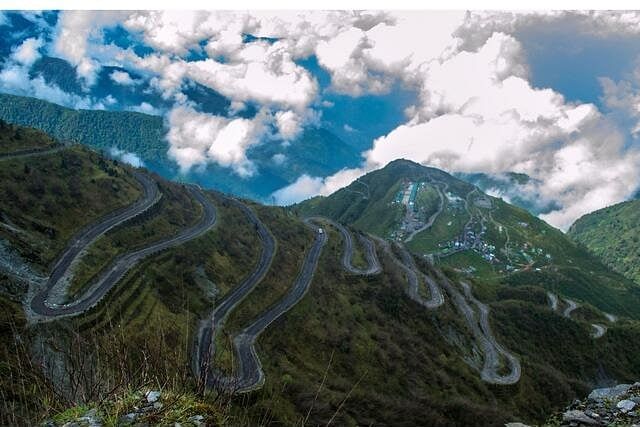
Table of Contents
Table of Contents
- About Old Silk Route In Sikkim
- Reason behind the name – SILK ROUTE
- Overview of the Sikkim Silk Route
- Historical Background
- Cultural and Economic Impact
- Travel Guide to the Silk Route in Sikkim
- The Legacy of Silk Route Sikkim
- Preparing for the Journey
- Itinerary for Exploring the Silk Route from Bagdogra/New Jalpaiguri:
- Day 1: Arrival in Gangtok
- Day 2: Gangtok to Tsomgo Lake and Nathula Pass
- Day 3: Gangtok to Zuluk
- Day 4: Zuluk to Nathang Valley – Kupup Lake
- Day 5: Nathang Valley to Rishikhola
- Day 6: Rishikhola to Bagdogra/New Jalpaiguri
- 1. Explore Historical Sites
- 2. Enjoy Natural Beauty
- 3. Cultural Engagement
- 4. Adventure Activities
- 5. Relaxation and Reflection
- 6. Photography
- 7. Educational Opportunities
- Do’s
- Don’ts
About Old Silk Route In Sikkim
Reason behind the name – SILK ROUTE
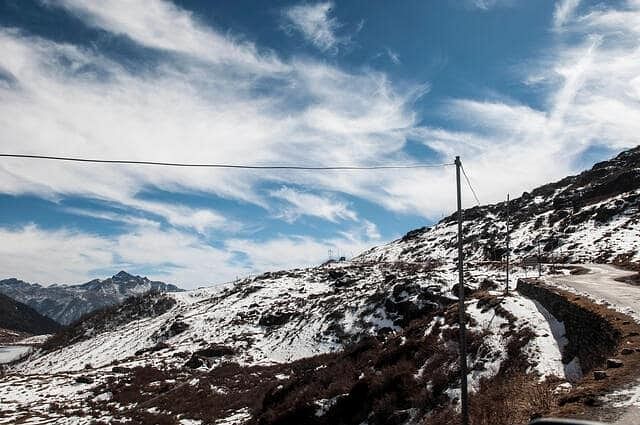
The luxurious garments produced were highly sought after by wealthy Romans, making silk a key item traded from China to the West. While it wasn’t the only commodity exchanged, silk was among the most significant on the Silk Route, highlighting its importance in the History Of Silk Route.
The Sikkim Silk Route played a crucial part in this historical exchange, facilitating not just trade but also the spread of ideas, culture, languages, and technology across regions.
This Sikkim Silk Route trip offers a journey through the history of Silk Route Sikkim Travel Guide, tracing the paths that connected diverse civilizations and contributed to their cultural and economic development.
Overview of the Sikkim Silk Route
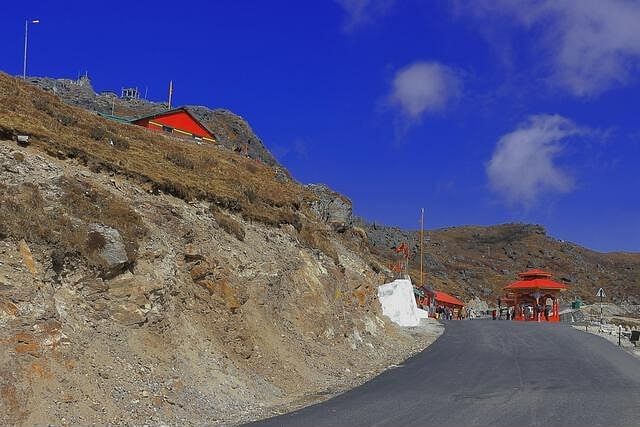
Historical Background
Cultural and Economic Impact
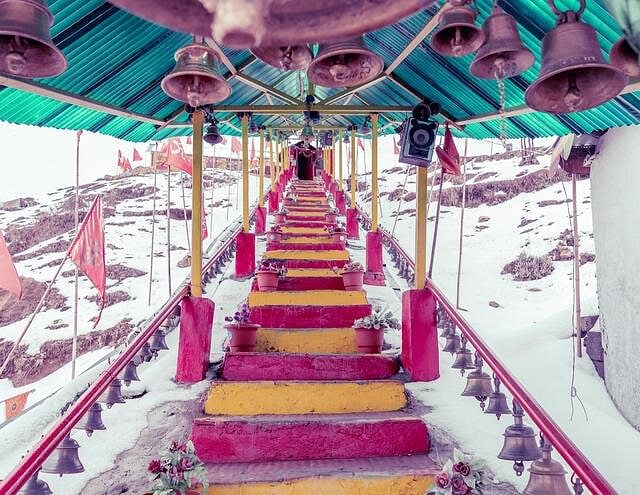
Travel Guide to the Silk Route in Sikkim
The Legacy of Silk Route Sikkim
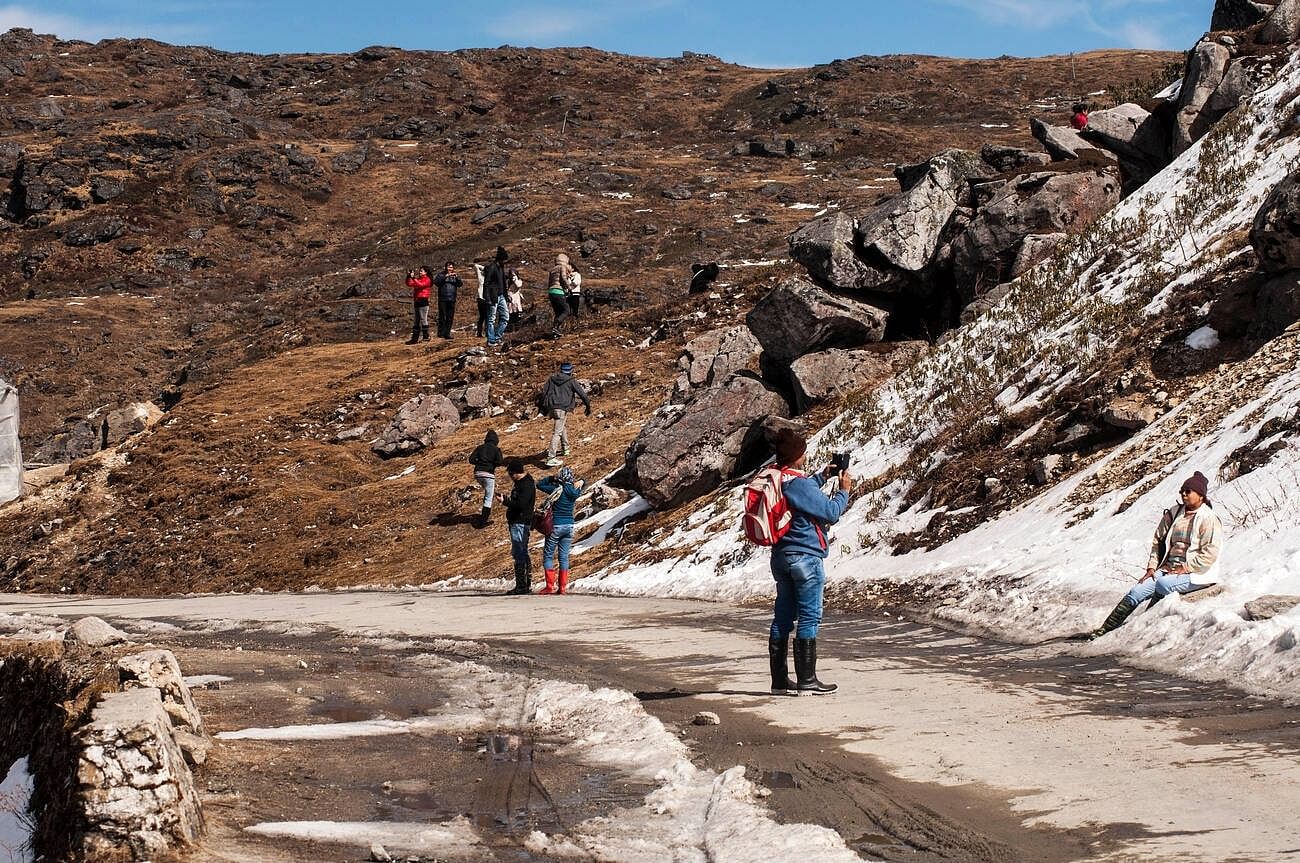
The Silk Route Sikkim Travel Guide is essential for anyone looking to explore this unique route, providing insights into its rich past and guidance for navigating its beautiful terrains.
Preparing for the Journey
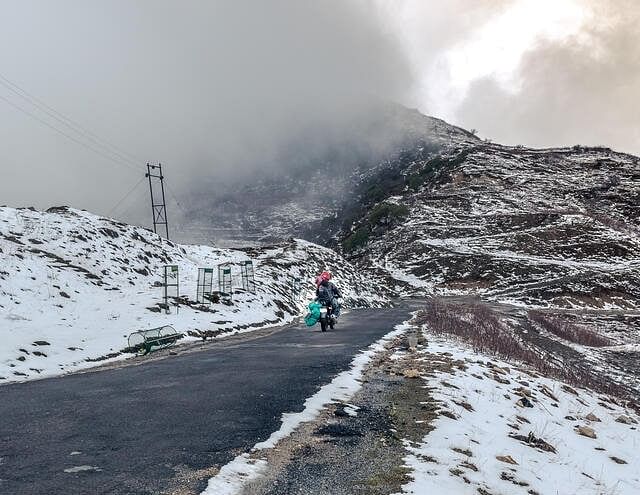
Best Time to Visit: To fully enjoy the Sikkim Silk Route, plan your trip during the summer and autumn months, from April to June and September to November. These months offer pleasant weather, allowing for spectacular views of the Himalayas and vibrant landscapes.
Permits: Obtaining the necessary permits is a critical step for your Sikkim Silk Route trip. You’ll need specific permissions to access areas like Zuluk and Nathula and to enter and travel within Sikkim. Prepare multiple copies of these permits, along with your vehicle documents, to avoid any issues on your journey.
Transportation: For those starting their Sikkim Silk Route trip from Bagdogra or New Jalpaiguri, it’s important to choose a reliable mode of transportation. If you’re bringing a bike, Indian Railways provides convenient options to transfer it to Siliguri. Make sure you have all your vehicle-related documents in order, such as registration, driver’s licence, and pollution certification.
Pack Wisely: The journey along the Sikkim Silk Route can vary in weather and terrain, so packing appropriately is key. Include warm clothing, sturdy footwear, a first aid kit, and sufficient food and water supplies. These essentials will help you handle the diverse conditions along the route.
Local Guidance: Leveraging local knowledge can greatly enhance your experience. Consult with locals about the Old Silk Route in Sikkim, sightseeing spots, and any travel tips they might offer. Their advice can provide invaluable insights into navigating the route and discovering hidden gems.
By considering these tips, you’ll be well-prepared to explore the rich history and stunning scenery of the Silk Route in Sikkim.
Itinerary for Exploring the Silk Route from Bagdogra/New Jalpaiguri:
Day 1: Arrival in Gangtok
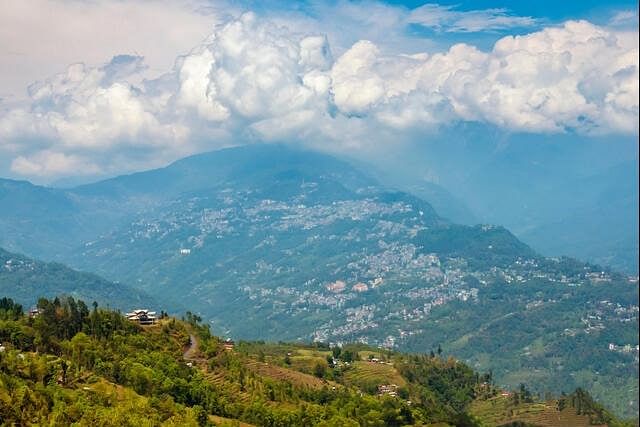
- Travel Details: Your adventure begins at Bagdogra or New Jalpaiguri. Arrange a pre-booked taxi or shared vehicle to Gangtok, the vibrant capital of Sikkim. The drive usually takes 4-5 hours, covering 124 km.
- Activities:
- Hotel Check-in: Relax at your hotel after the long journey.
- MG Marg: In the evening, take a leisurely walk down MG Marg. You will find lots of places to eat in Sikkim as well as places to shop in Sikkim, perfect for soaking up the local atmosphere.
- Enchey Monastery: Visit this peaceful monastery to learn about local Buddhist traditions and enjoy its calm setting.
Day 2: Gangtok to Tsomgo Lake and Nathula Pass
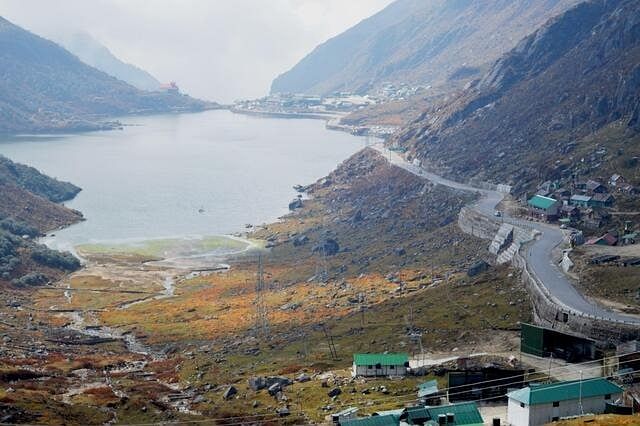
- Travel to Tsomgo Lake: Start early and head to Tsomgo Lake, situated at 12,400 feet above sea level. The 40 km journey from Gangtok through mountain roads offers stunning views.
- Activities:
- Tsomgo Lake: Admire the lake’s crystal-clear waters and the surrounding peaks. You might also enjoy a yak ride along its banks.
- Nathula Pass: Continue to this Indo-China border crossing, which offers expansive mountain vistas. The area’s strategic importance is highlighted by its rich history as a major pass on the Sikkim Silk Route.
- Baba Mandir: On your way back, visit this temple dedicated to a revered soldier, whose spirit is said to guard the borders.
Day 3: Gangtok to Zuluk
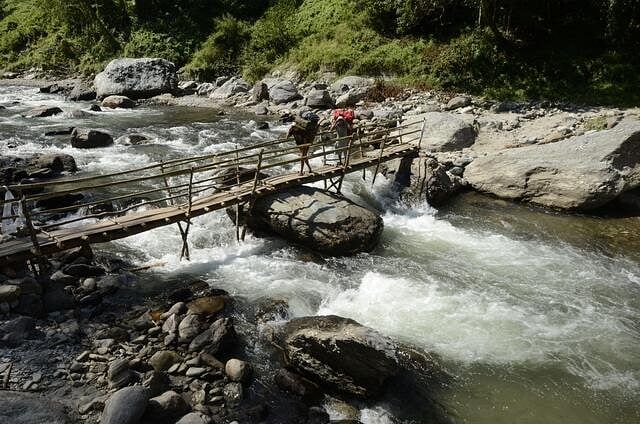
- Travel Details: After breakfast, drive approximately 90 km to Zuluk, navigating the winding roads of this less travelled but visually stunning area of the Sikkim Silk Route.
- Activities:
- Zig Zag Road: Experience the thrilling Zig Zag Road that offers panoramic views of the snow-capped mountains and deep valleys.
- Thambi View Point: Try to time your visit for sunrise—a breathtaking sight as the sun rises over the Eastern Himalayas.
Day 4: Zuluk to Nathang Valley – Kupup Lake
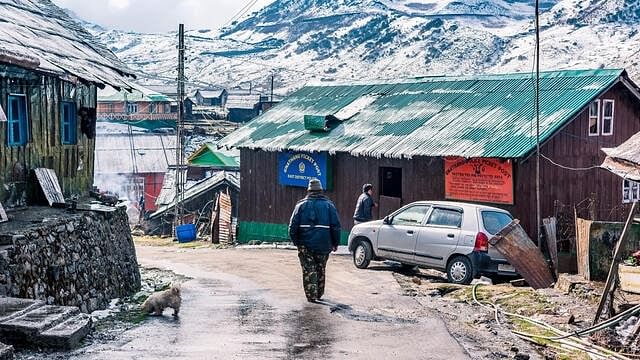
- Explore Nathang Valley: Often referred to as the “Ladakh of the East,” this area is known for its stark beauty and strategic importance in the history of Sikkim Silk Route.
- Activities:
- Kupup Lake: Visit this uniquely shaped lake, also known as Elephant Lake, set against the backdrop of the rugged Himalayan terrain.
- War Memorials: Take time to explore the local memorials that narrate tales of past military engagements in this strategic corridor.
Day 5: Nathang Valley to Rishikhola
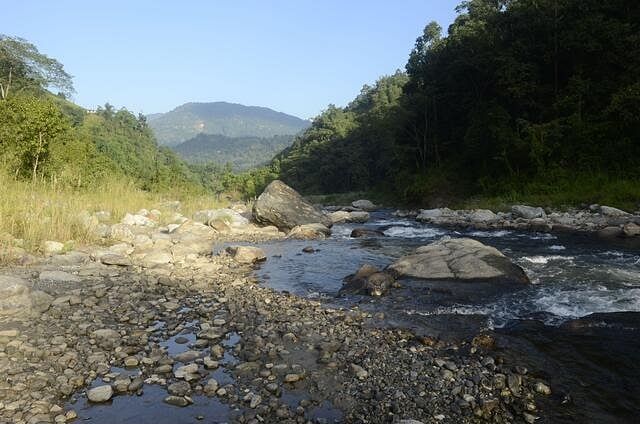
- Travel Details: Cover the scenic 60 km to Rishikhola, expected to take about 3-4 hours.
- Activities:
- Relaxation by the River: Rishikhola offers a peaceful setting perfect for relaxation. Enjoy activities like angling or simply unwind by the soothing sounds of the river.
Day 6: Rishikhola to Bagdogra/New Jalpaiguri
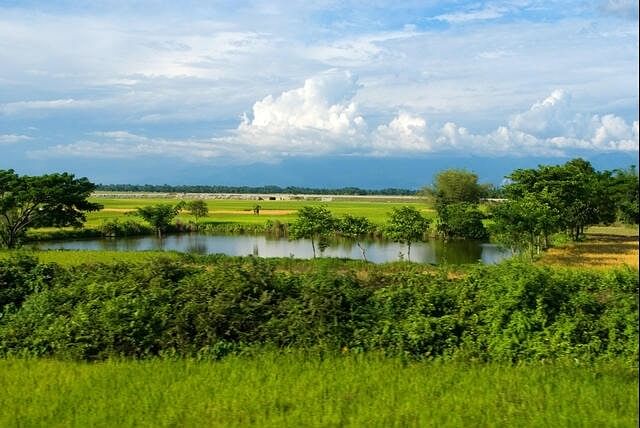
- Return Journey: Complete your journey along the Sikkim Silk Route by driving back to Bagdogra or New Jalpaiguri, a trip of about 180 km lasting 6-7 hours.
- Optional Activities: If time permits, consider visiting Kalimpong or Darjeeling. Both towns are renowned for their unique blend of cultures and beautiful scenic views, adding a perfect end to your Silk route tour package.
Things To Do on the Sikkim Silk Route:
1. Explore Historical Sites
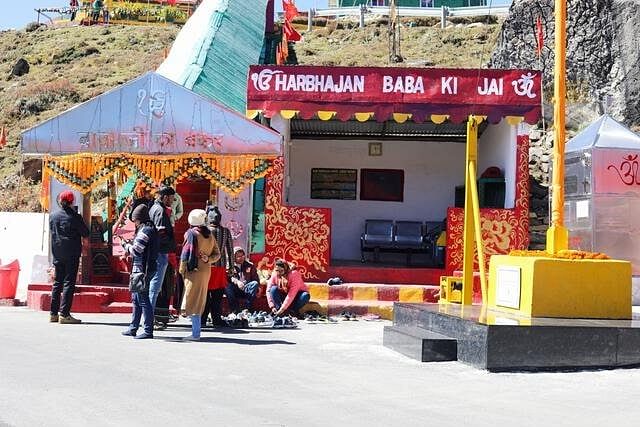
- Discover Ancient Monasteries: Visit prominent spiritual sites like the Enchey Monastery in Gangtok, which offers insights into the vibrant Buddhist culture integral to the history of Sikkim Silk Route.
- Visit Baba Mandir: Learn the legend of Baba Harbhajan Singh, the hero soldier revered by both locals and travellers along the Old Silk Route in Sikkim.
2. Enjoy Natural Beauty
- Tsomgo Lake Visit: No Silk Route tour package is complete without seeing Tsomgo Lake. Ride a yak along the lake’s edge and take in the stunning reflections of surrounding peaks.
- Sunrise at Thambi View Point: Experience a breathtaking sunrise over the Kanchenjunga from Thambi View Point, a must-do for photographers and nature lovers on the Sikkim Silk Route.
3. Cultural Engagement

Sample Local Cuisine: Try local delicacies such as momos, thukpa, and local millet beers, which reflect the culinary heritage of the region.
4. Adventure Activities
- Trekking and Hiking: The Old Silk Route in Sikkim offers numerous trekking and hiking trails that allow adventurers to explore the rugged terrain and enjoy panoramic views.
- Bird Watching in Zuluk: Zuluk, not only a critical point in the history of Sikkim Silk Route but also a biodiversity hotspot, offers opportunities to spot rare Himalayan birds and wildlife.
5. Relaxation and Reflection
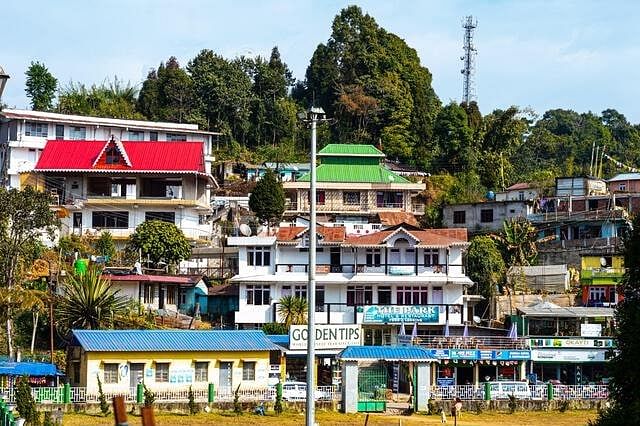
- Rishikhola Leisure Time: After days of trekking and exploration, Rishikhola provides a serene spot to relax by the river, reflect on your journey, and perhaps even indulge in some meditation or yoga by the water.
6. Photography
- Capture the Landscape: The dramatic landscapes and historic sites along the Old Silk Route in Sikkim provide ample opportunities for amateur and professional photographers alike to capture stunning images of this unique area.
7. Educational Opportunities
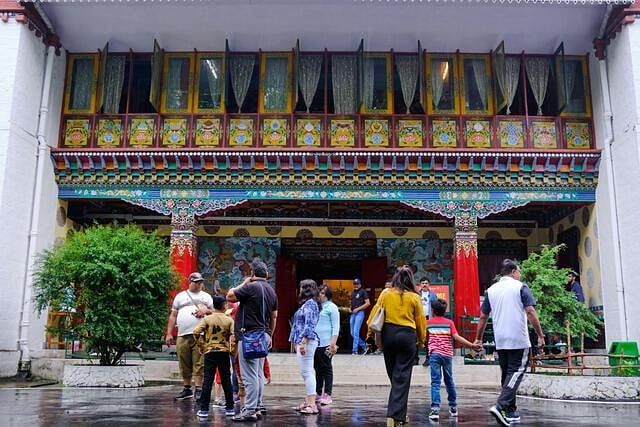
- Learn About the Silk Trade: Deepen your understanding of the history of Sikkim Silk Route by visiting local museums or taking guided tours that explain the historical significance of the silk trade and its impact on the region.
By engaging in these activities, travellers can gain a deeper appreciation for the rich cultural and diverse ecosystems that make a Sikkim Silk Route trip truly memorable. Whether you are a history buff, nature enthusiast, or cultural explorer, the Sikkim Silk Route offers something unique for every visitor.
Travel Tips To Keep In Mind for the Sikkim Silk Route Trip:
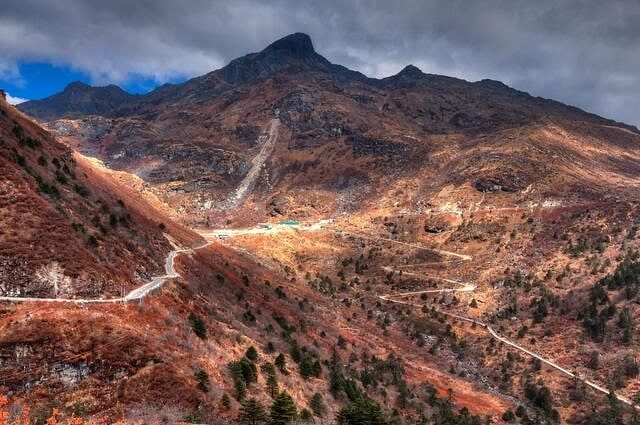
Do’s
2. Respect Local Customs: The regions along the Old Silk Route in Sikkim are rich in cultural traditions. Show respect by dressing modestly and behaving courteously at cultural sites.
3. Stay Environmentally Conscious: Keep the trails clean by carrying back all your trash, and avoid disturbing the natural habitat.
4. Prepare for the Weather: The weather can change rapidly in the mountains. Dress in layers and carry rainproof gear to stay comfortable.
Don’ts
2. Don’t Feed Wildlife: Feeding animals can disrupt their natural foraging habits and lead to ecological imbalances.
3. Don’t Overlook Local Guidance: Ignoring the insights of locals can mean missing out on lesser-known spots that could be the highlight of your Sikkim Silk Route trip.
4. Don’t Skimp on Supplies: In remote areas, stores might be sparse. Bring essential supplies including water, snacks, a first-aid kit, and a flashlight.
In conclusion, embarking on a Sikkim Silk Route trip offers an unparalleled opportunity to explore the breathtaking landscapes and rich cultural heritage of this historic pathway.
Whether you’re seeking adventure, spiritual solace, or a chance to connect with nature, a Silk Route tour package is an excellent way to experience the beauty and history of the Old Silk Route in Sikkim. From the rugged terrains of Nathang Valley to the serene waters of Tsomgo Lake, each stop along the route promises a unique story and an unforgettable experience.
So pack your bags, prepare for adventure, and set off to discover the ancient paths that have connected civilizations for centuries.
Get exclusive travel insights & updates into your inbox!
*By clicking subscribe you'll receive emails from WanderOn.
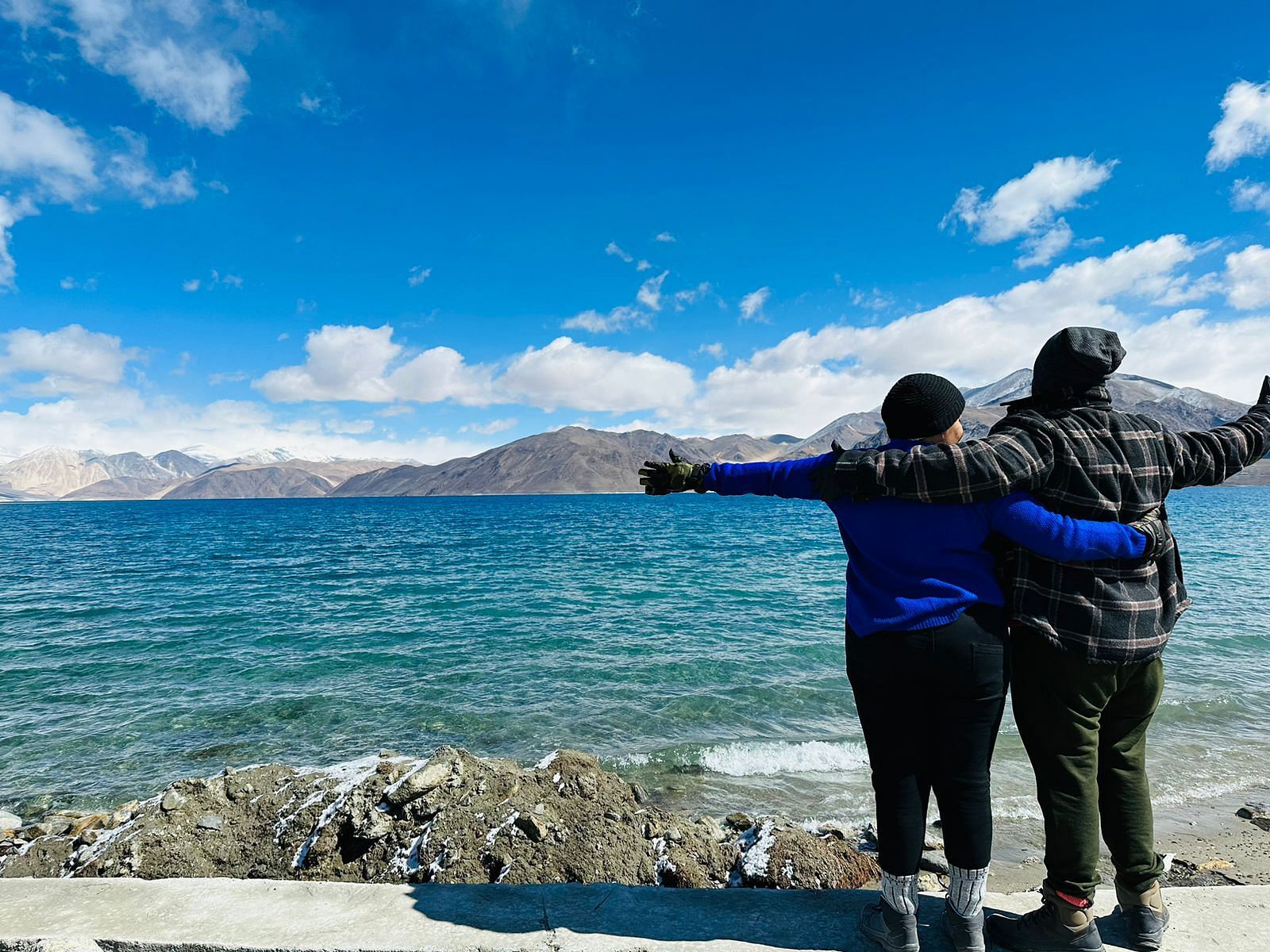
Shrutika Parab
★★★★★24 May 2024
“Thank you Team Wanderon for the amazing Ladakh Experience. Right from the point of making the bookings with Mr. Chakshu to the point of completion of the trip received amicable support.
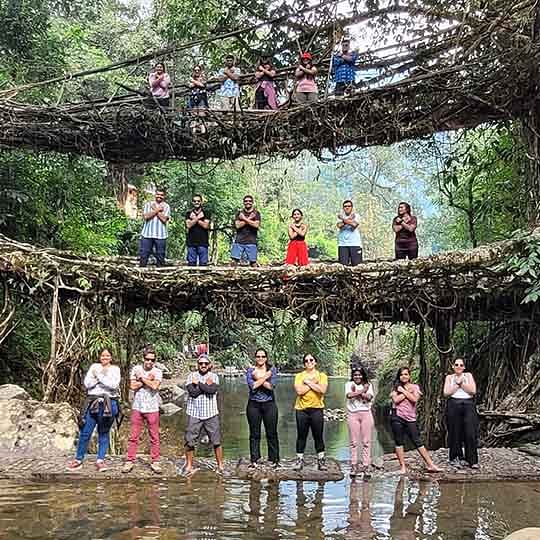
Sonal Shekhar Dash
★★★★★9 May 2024
“I did my first solo trip in India with WanderOn. Initially I was sceptical about their Meghalaya-Kaziranga trip as I didn't have any prior experience with them but the team assured me that it's going to be one of the best experiences of my life.

Archana Awati
★★★★★30 Apr 2024
“In Ladakh, find the perfect blend of culture, adventure, and serenity. December last year I decided that my next trip would be Ladakh but didn’t know how to go about it. I knew I wanted to travel in a group, as I had prior experiences of traveling in a group but wanted an organiser I could trust. Ladakh isn’t like other destinations wherein you need some instructions due to the high altitudes.
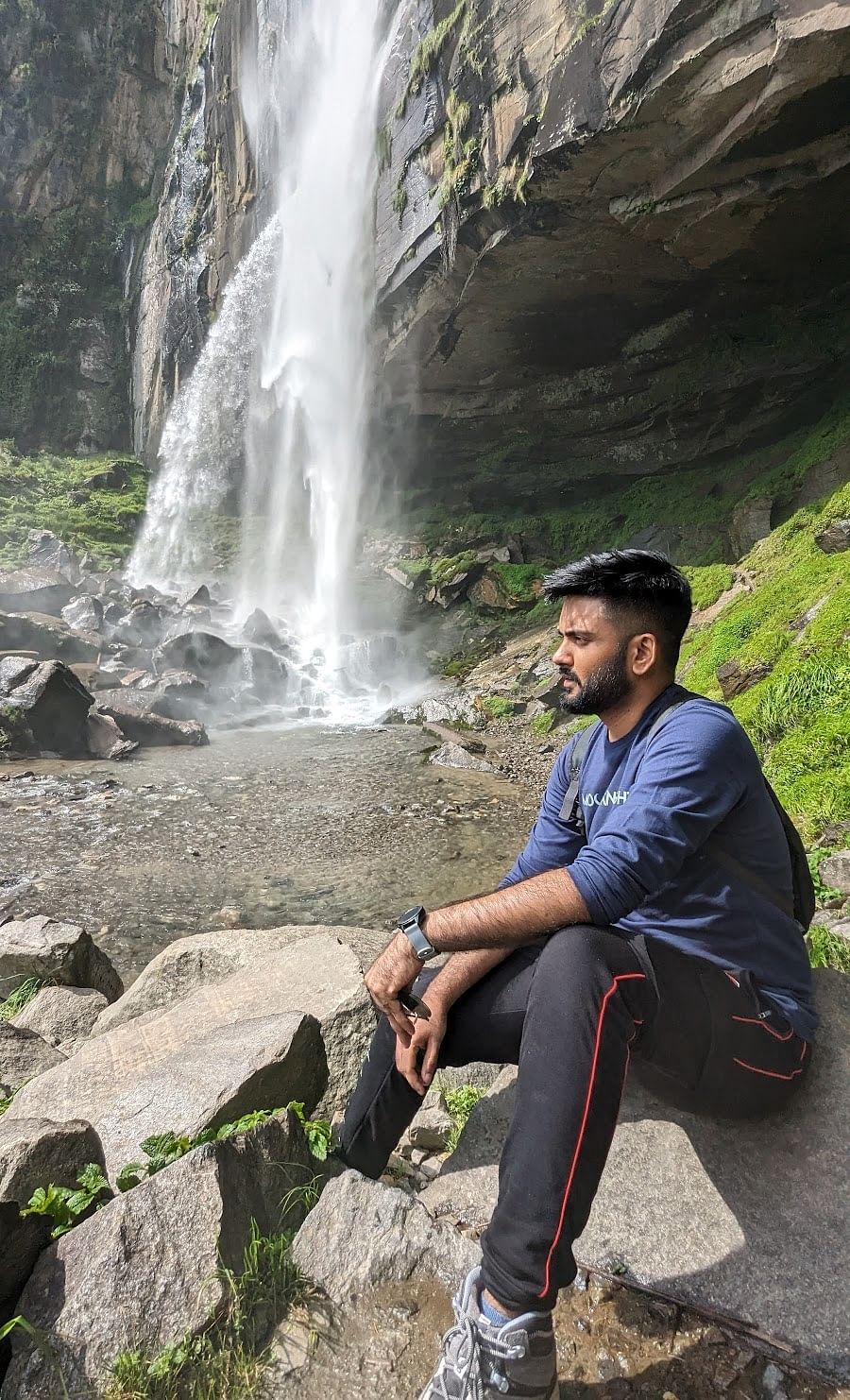
Kartik Dilawari
★★★★★4 Jul 2024
“After an amazing trip to Tirthan with WanderOn, I decided to go to Manali-Jispa with them and yet again, the experience was worth every penny. The place was very beautiful and the quality of service was top-notch, the itinerary was very good and the quality of transportation and stays were very good. Had an awesome time there and made some good friends as well. Lastly, our trip captains Priyasha and Rachit managed the entire trip very well and were so fun and made our trip an experience worth remembering.
FAQ'S
01
How long does it take to explore the Silk Route in Sikkim?
It typically takes about 5 to 6 days to thoroughly explore the Silk Route in Sikkim, covering key locations and attractions along the way.
02
What is the Sikkim Silk Route?
03
What is the best time of the year to visit the Sikkim Silk Route?
04
Are there any permits required for traveling on the Silk Route in Sikkim?
WanderOn Special

WANDERON EXPERIENCES PVT LTD
3rd Floor, Building No-436, Phase IV, Udyog Vihar, Sector-18, Gurugram, Haryana-122015


